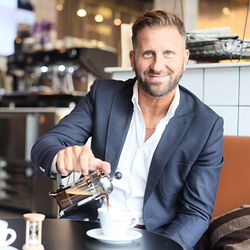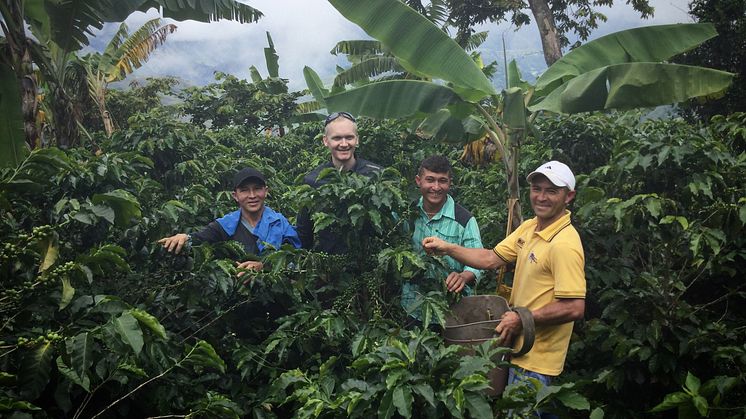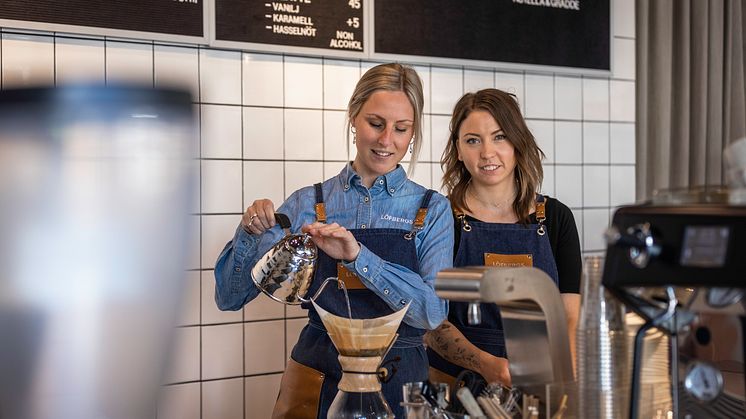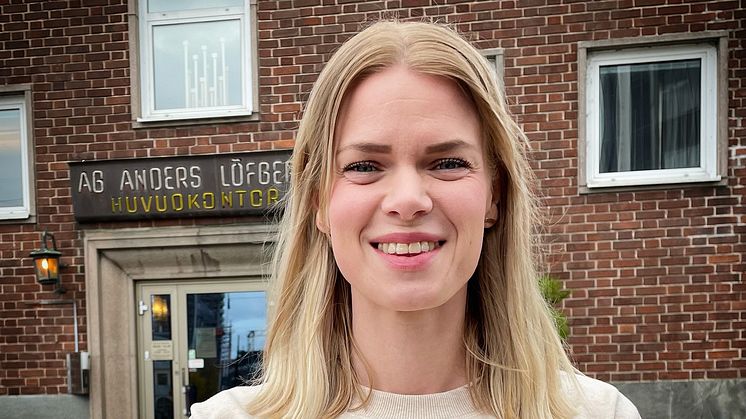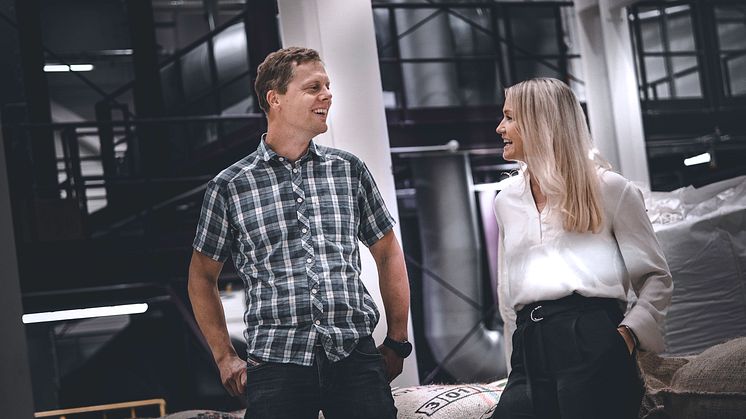
Blog post -
From linear to circular
Coffee is amazing! The smell and the taste of it, that it gives us energy, and wakes us up. Coffee is a social glue that brings people together. But we also know that coffee could mean so much more. The coffee’s full potential is not being used today. Löfbergs want to change that and contribute to a 100 per cent circular production and consumption of coffee, totally waste-free.
The climate impacts of coffee are greatest in connection to farming, 80-90 per cent, and that is why we aim many of our efforts towards the producing countries. We also work to reduce the impact from our own production and business operations. Jonas Berg, Site Manager Sweden, and Madelene Breiling, Head of Supply Chain Development, work at Löfbergs´ head office in Karlstad, Sweden. They are proud of the past year. Löfbergs has taken big steps on its journey towards a circular production, despite the challenges of the pandemic.
“We are working with sustainability issues on all fronts. It is an amazing strength in our culture at Löfbergs,” says Jonas. “Everyone takes responsibility and pushes on within their respective area.”
Madelene Breiling is confident with the goal of having a 100 per cent circular packaging by 2030. “We are close to having a fully recyclable packaging. Progress and development is going really fast, and we see a whole other customer interest. The consumer pressure is getting stronger, which speeds up the material development. We have taken big strides during the last year and are now developing a mono-material together with a material and machine supplier.”
Despite a strong belief in the future, there are challenges too of course. “It is important to find a commercial connection in your fossil-free journey, to re-design a supply chain to circular materials can in some stages be costly. It is important with cross-border collaborations, that we drive the development with all players in the value chain. Then the investment can contribute to an increase in sales as well as joint environmental benefits,” says Madelene. “Our goal is to reduce the amount of material being used per kilo coffee, to phase out fossil plastic and replace it with renewable, and that all material placed on the markets will be designed for recyclability. By using as clean materials as possible, they can be reused or recycled and circulate many times.”
Biggest investment in the history of Löfbergs
The construction of what would be the biggest investment in the history of Löfbergs began two years ago. The task was to build a new roastery specialised in whole beans to meet an increased demand. High sustainability requirements have permeated the entire project, in everything from construction, energy, indoor climate to emissions. The final result is a state-of-the-art roastery with a capacity of 10,000 tonnes per year adjacent to Löfbergs’s central warehouse in Välsviken, Karlstad, Sweden. The building has, just like the central warehouse, achieved an Environmental Building Silver certification, which means that there are extra high demands on choice of materials, energy efficiency, and work environment. All energy comes from green sources.
“We have really left our knowledge, our mark, and our soul in the entire roastery. The design of the roastery has not been contracted out. Our own project group has been there for every little detail. We have managed to capture all knowledge in our organisation and got valuable insights that improved the production flow and operations,” says Jonas. “We have challenged ourselves all the way. We want to be in the forefront. It spurs us as well as others.”
Exciting stuff have also been going on at the roastery for ground coffee in central Karlstad. “In Karlstad, we have mixed in biopropane in the LPG since 2017, and our goal was to be completely green by 2020. The pandemic somewhat had an effect on our planned transformation rate, but we started using a bioLPG from renewable sources instead in March 2021. Both of our roasteries in Karlstad are now fully powered by green energy,” says Jonas. “We are proud to have reduced our climate related emissions with 73 per cent since 2005. For our roastery in Viborg, we have purchased 100 per cent biogas via the city gas system for a long time. There is still a challenge to find a good replacement for the natural gas in Riga.”
The view on waste has also changed this year. “We have been working even more systematically with residues from the production,” says Madelene. “Seeing new solutions and finding the value in your residue streams, like upcycling, is exciting. We have tried making furniture of coffee and plastic waste, for example. And we have started to learn more about working in collaborations that expands beyond our traditional value chain – and create new products that aim at new customer segments,” she continues.
“It is sad when top-notch coffee has to be wasted,” Jonas adds. “We have worked a lot with our routines for redosing and production prognoses. We also have dialogues with customers about different possibilities for them to receive pallets with leftover products for example. Our cooperation with for example Circle K and Sculptur are really good examples of innovation and the power we can have together with our partners.”
